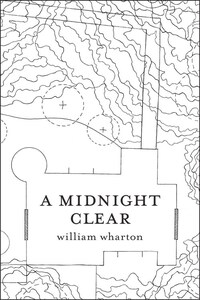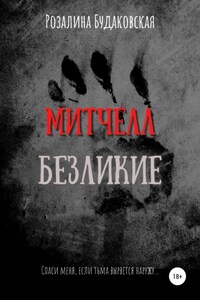On October 6, 1938, in Wildwood, New Jersey, a lion, part of a ‘Wall of Death’ motorcycle act, escaped from his cage on the boardwalk and killed a man.
On that day, Neville Chamberlain was negotiating with Adolf Hitler, giving him a large part of Czechoslovakia called the Sudetenland. It was Yom Kippur, the Day of Atonement. Jews throughout the world prayed, fasted, repented, atoned. They had little idea how, during the next seven horrible years, there would be much for all to atone.
Ann Sheridan sued for divorce and Martha Raye prepared to marry David Rose.
There was much labor unrest. The Great Depression was slowly lifting, and working men, though glad to be working again, were asking for a fairer share in profit and a promise of more job security. The A.F. of L. was preparing to shut down auto plants. The C.I.O. in Johnstown, Pennsylvania, was battling company police at the steel mills. There was a garbage and trash collectors’ strike in Philadelphia, involving police intervention, violence and labor retaliation.
The day that lion escaped, I was one month short of my twelfth birthday. The previous summer I’d seen the ‘Wall of Death’ motorcycle act. It was the summer, also, when I first experienced a sexual as compared to a religious ejaculation.
There are some events that mark watersheds or cusps in life. The escape of that lion was one for me. It became a subconscious symbol, a foreboding, of all the violence and violation possible in life.
I began having a recurring nightmare. It haunted me for more than six years and lasted until W.W. II, when I went off and gathered material for worse nightmares.
In my ‘lion nightmare’ I’m living on a street much like the one described by Dickie in this book. I stand behind the front door to our house and look out through the glass panes, across our porch, down our front steps. Lions are strolling, stalking the streets, the lawns; they lurk silently between porches.
My mother and father, my sister, my grandparents, aunts, uncles, cousins, friends and neighbors are walking around. They pay no attention to the lions.
With great trepidation, I dash out to warn them of the danger, their peril. But they ignore me, laugh, insist the lions are only friendly kittens.
In despair, I scamper back behind the security of my impervious front door. I watch as those I love are mauled, killed, destroyed by these marauding beasts.
Invariably, I woke from this dream sobbing uncontrollably, swallowed in a deep sense of loss.
This novel, despite the factual reality of the original tragedy, is a work of fiction. The characters, situations, sequences and events are products of my imagination. Any relationship to real events is purely coincidental.
Perhaps, in writing this, I am trying at last to exorcise my lions in the night, my personal succubi, or perhaps I’m still helplessly attempting to warn people of hidden dangers from behind my seemingly secure front door. I don’t know; it doesn’t matter.
But let us now begin, as Dickie Kettleson tells us about his pride, his territory.
WILLIAM WHARTON
Where I live, in Stonehurst Hills, there are rows of houses with alleys between them. These aren’t the same kind of alleys they have down in Philadelphia at my grandfather’s house. Those rows down there are older, were built before so many people had automobiles.
The rows we live in here, in Stonehurst, were built after the world war, when people started needing garages because they had cars.
At my grandfather’s, the alleys are only narrow walkways, wide as an ordinary sidewalk, with metal fences along the edges. There are gardens outside the back of each house, little tiny lawns, with flowers in the summer, lots of sunflowers and hollyhocks.
Also, at my grandfather’s house, you open two slanted cellar doors in the back garden and go down steps into the cellar, because those houses are built on flat streets, not hills.
Our alleys here were mostly built so cars could get into the garages. These garages are built under each of the houses. The alleys are wider, but, even so, it’s hard for two cars to pass in our alley, especially where there are still old-style porches with steps sticking out.
In our alley, the pavement’s cracked up so there’s nothing but pebbles and broken chunks of pavement. Also, everybody puts trashcans, ashcans or garbage cans back there and the street cleaner never comes down the alley so it’s all dirty and smelly.
The kitchens in our rows open onto the back porches. These porches are at least ten feet up in the air. If it weren’t for them, you could walk out the kitchen door, step off a brick cliff and kill yourself.
Whenever we’d knock down one of those old-style porches, my Dad’d always nail a few boards across the kitchen door, temporarily, so somebody wouldn’t forget and wind up smashed dead.














